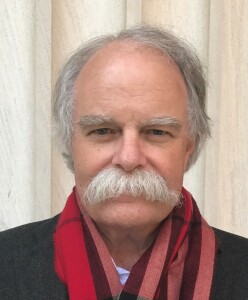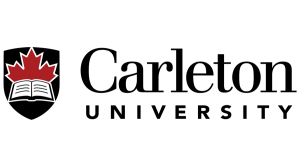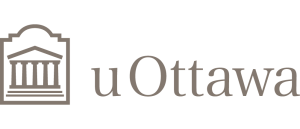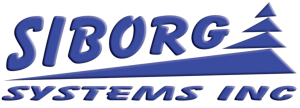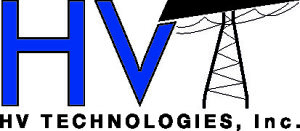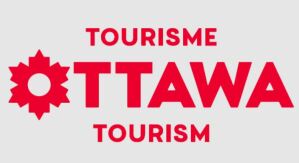Optically Generated Magnetic Fields
based on a joint work of
- B. Corkum1, K. Jana1, S. Möller1, Y. Mi1, S. Sederberg1, M. Mountney2 and A. Emmouilidou2
1Joint Attosecond Science Laboratory, University of Ottawa, and National Research Council of Canada
2University College London
Summary: Isolated magnetic fields are used extensively in solid state physics, medical physics, and chemistry. These magnetic fields are often generated in wire loops with Biot-Savart law relating the time-dependent current flowing to a dynamic magnetic field. However, physical wires constrain the magnitude, the time-dependence, and the dimensions of the fields.
Controlled currents can be optically injected into semiconductors, dielectrics, gases, or plasmas using coherent control – the perturbative or non-perturbative interference of quantum pathways from an initial state to a final state in the material itself. Like their wire counterparts, these material currents create fields, but with different constraints than those generated by physical wires.
Optical injection allows the spatial dimensions to be confined to the focal volume of a vacuum ultraviolet (VUV) pulse (~100 nm) while the rise time of the current is determined by the femtosecond pulse duration of the exciting beams. Furthermore, since the magnitude and direction of these currents are controlled by interference, the motion of the charge carriers can be controlled with a spatial-light modulator. I will describe how we measure current in GaAs and the dynamic near-field magnetic structure that Maxwell’s equations imply. I will also describe the space-time coupled field that is radiated (sometimes called a “flying doughnut”) and measured by electro-optic sampling. I will conclude with a space-time measurement of the linear electronic spectrum of water vapor in the THz spectral region.
BIO: Dr. Paul Corkum
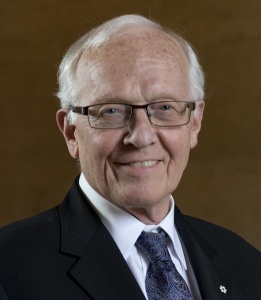 Paul Corkum graduated from Lehigh University, USA, with a Ph. D. in theoretical physics in 1972. In 1973, he joined the staff of the National Research Council (NRC) of Canada where he built one of the world’s most famous groups working on the interaction of very short light pulses with matter. Dr. Corkum is a Full Professor of Physics and a Canada Research Chair at the University of Ottawa, and directs the Joint NRC/University of Ottawa Attosecond Science Laboratory. He is a member of the Royal Society of London and of the Royal Society of Canada, and also a foreign member of the US National Academy of Science, the Austrian Academy of Science, and the Russian Academy of Sciences. Among his many honours and recognitions, he has received the 2017 Royal Medal for his major contributions to laser physics and the development of the field of attosecond science, as well as the Schneider Medal, the highest NRC distinction bestowed upon NRC researchers. In 2018, Dr. Corkum was awarded both the SPIE Gold Medal, and the Isaac Newton Medal and Prize from the UK Institute of Physics. In 2019, he received the Willis E. Lamb Award for Laser Science and Quantum Optics. Most recently, the Wolf Foundation selected Dr. Corkum as the recipient of the 2022 Wolf Prize Laureate in Physics.
Paul Corkum graduated from Lehigh University, USA, with a Ph. D. in theoretical physics in 1972. In 1973, he joined the staff of the National Research Council (NRC) of Canada where he built one of the world’s most famous groups working on the interaction of very short light pulses with matter. Dr. Corkum is a Full Professor of Physics and a Canada Research Chair at the University of Ottawa, and directs the Joint NRC/University of Ottawa Attosecond Science Laboratory. He is a member of the Royal Society of London and of the Royal Society of Canada, and also a foreign member of the US National Academy of Science, the Austrian Academy of Science, and the Russian Academy of Sciences. Among his many honours and recognitions, he has received the 2017 Royal Medal for his major contributions to laser physics and the development of the field of attosecond science, as well as the Schneider Medal, the highest NRC distinction bestowed upon NRC researchers. In 2018, Dr. Corkum was awarded both the SPIE Gold Medal, and the Isaac Newton Medal and Prize from the UK Institute of Physics. In 2019, he received the Willis E. Lamb Award for Laser Science and Quantum Optics. Most recently, the Wolf Foundation selected Dr. Corkum as the recipient of the 2022 Wolf Prize Laureate in Physics.

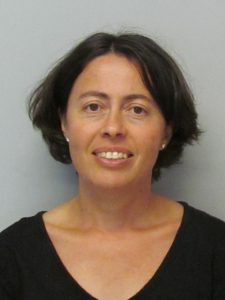 Dr. Marina Gertsvolf is the Team Leader for Frequency and Time (F&T) group at National Research Council (NRC) Canada and is responsible for realising the second, an SI unit of time, and for maintaining and disseminating the official time for Canada, UTC(NRC).
Dr. Marina Gertsvolf is the Team Leader for Frequency and Time (F&T) group at National Research Council (NRC) Canada and is responsible for realising the second, an SI unit of time, and for maintaining and disseminating the official time for Canada, UTC(NRC).